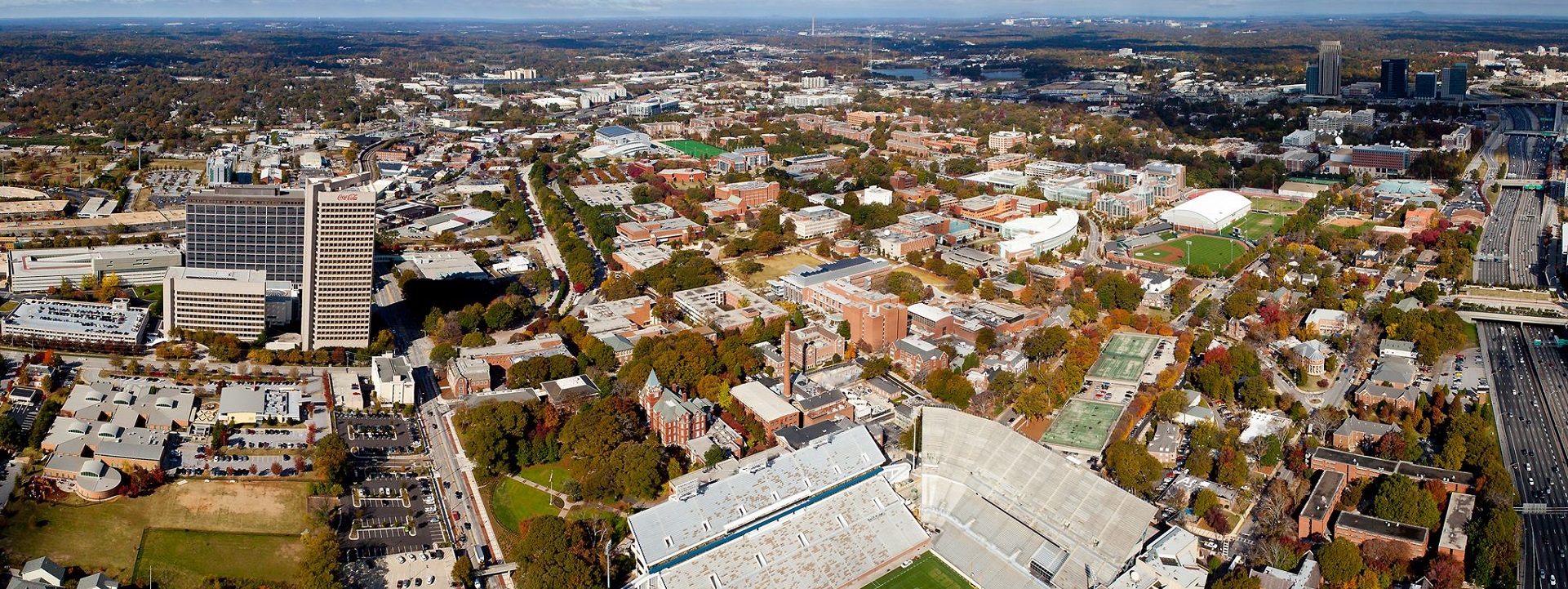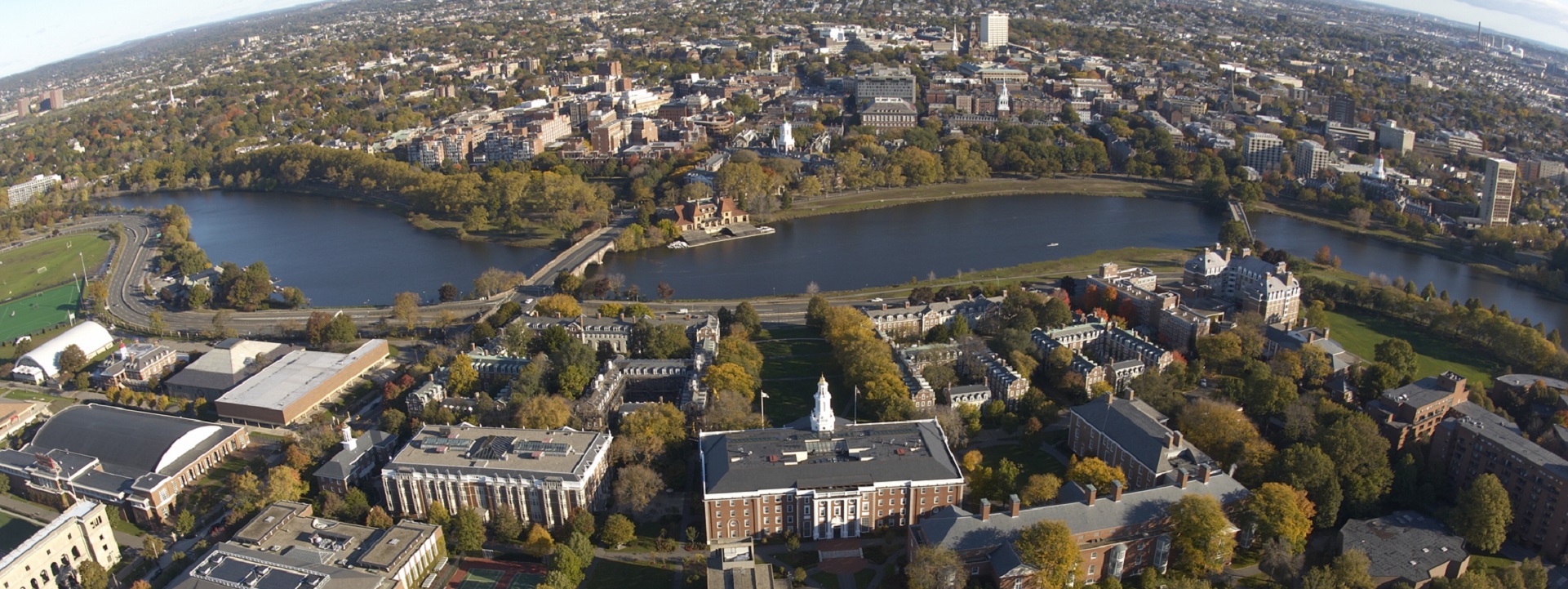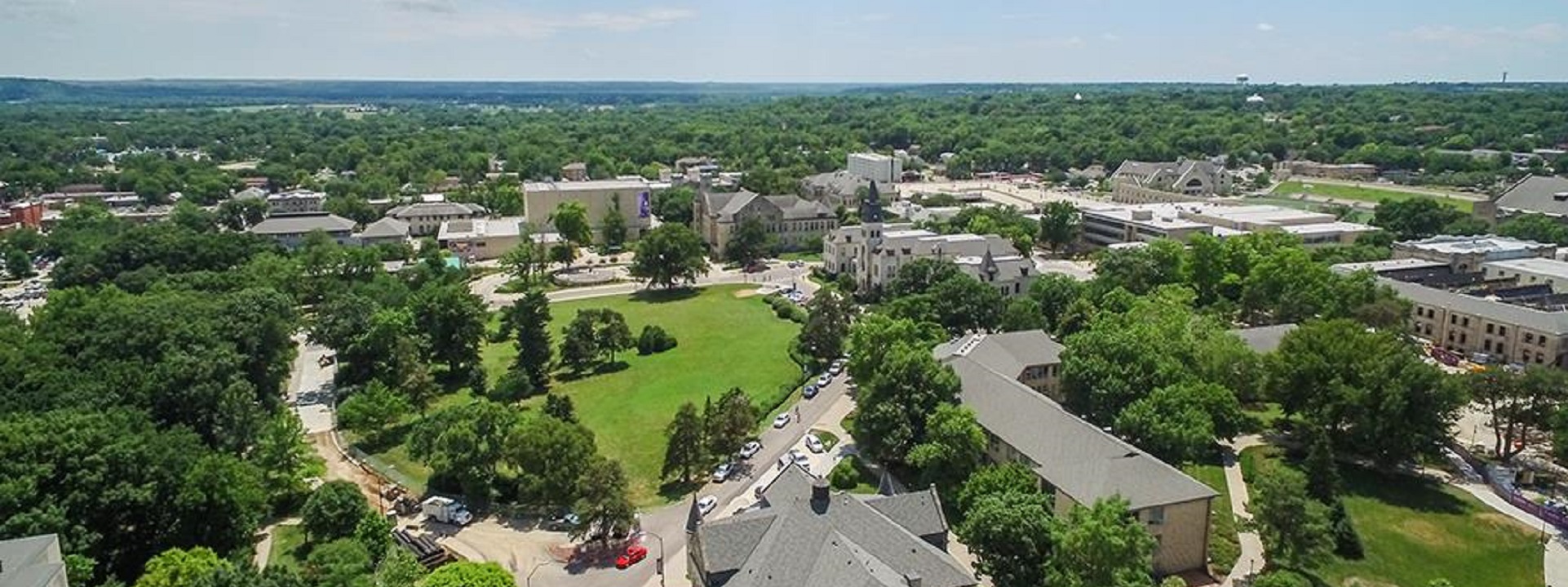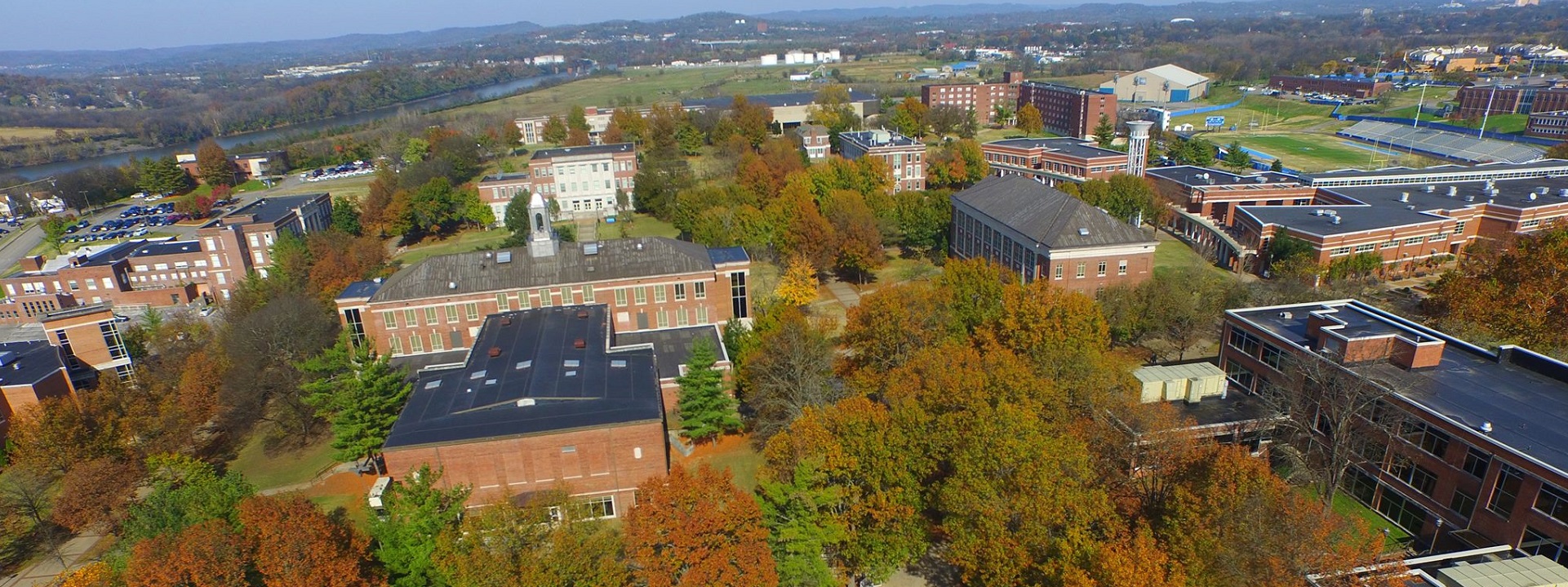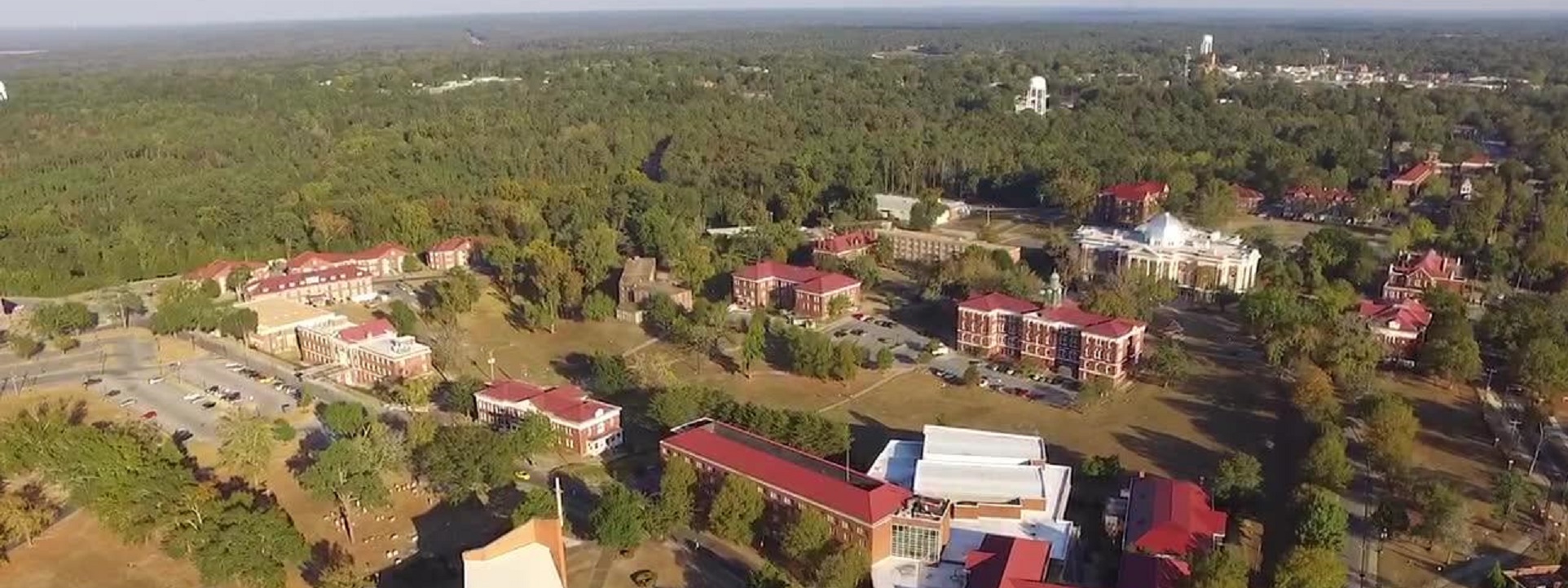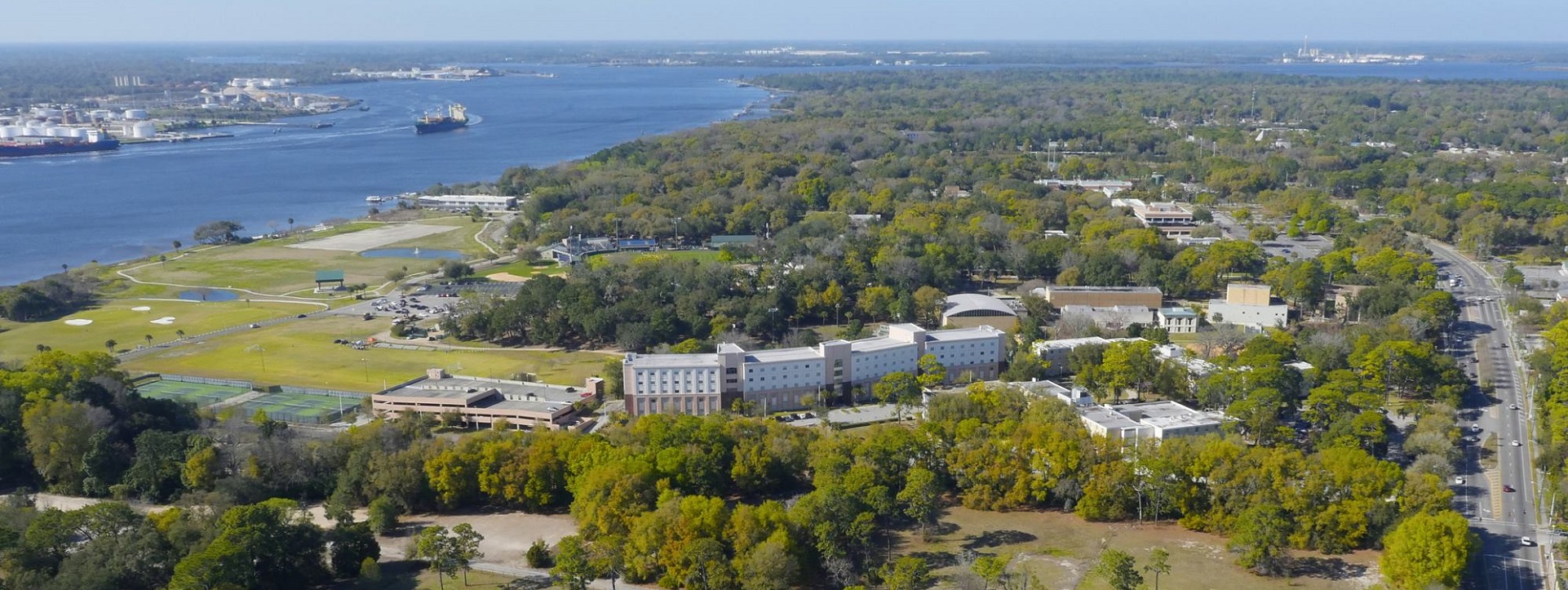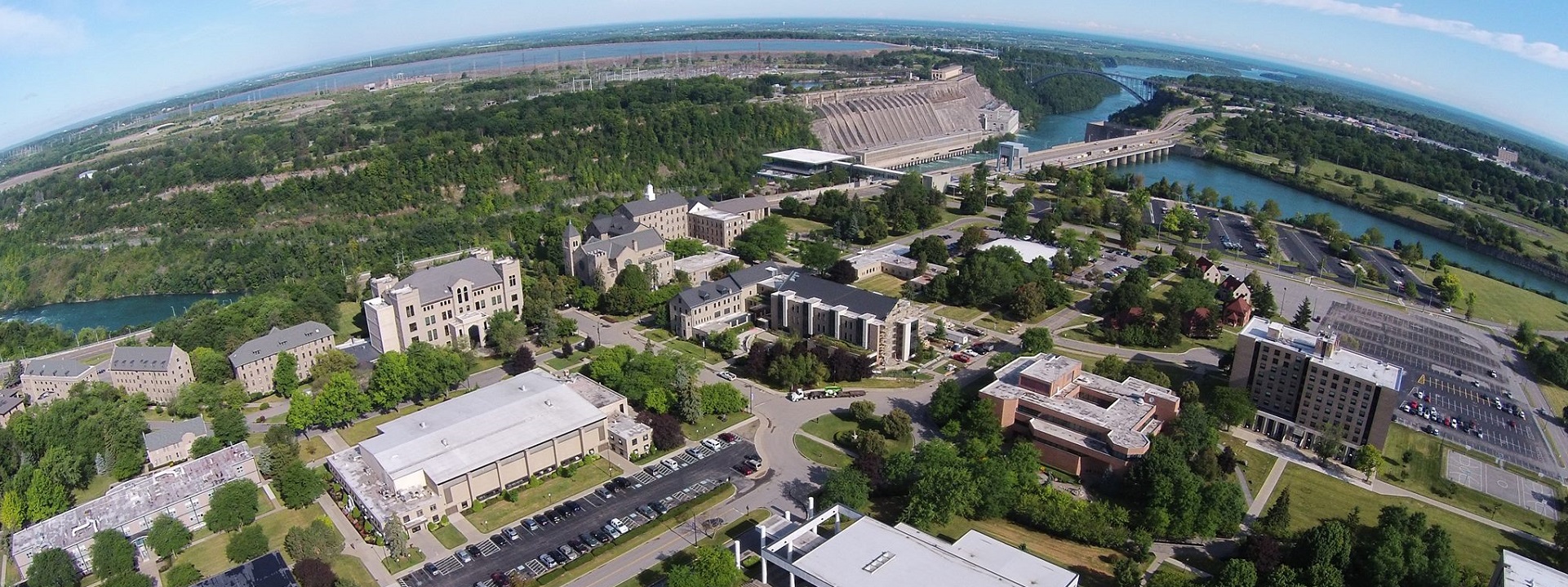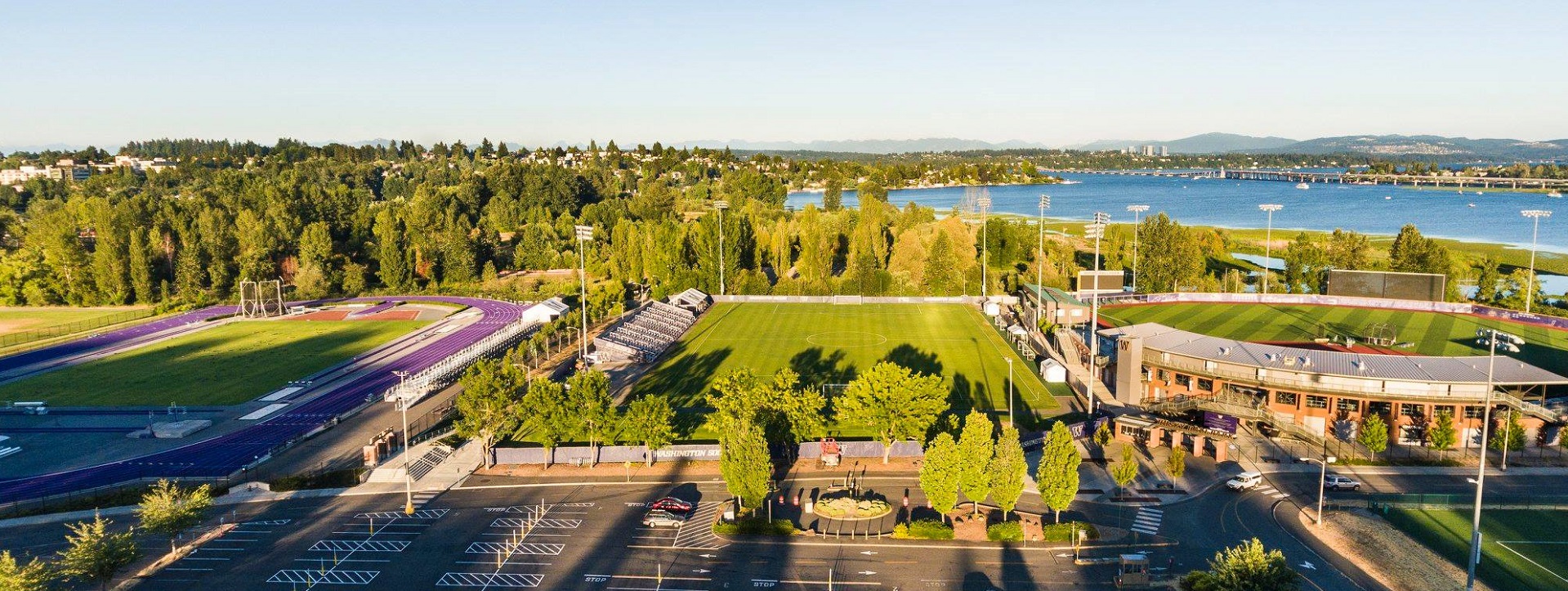The public school bus system is the largest transportation system in the United States. Many educational campuses are moving 10’s of thousands of students and staff around campus every day. Many large research universities own their own roads, the infrastructure underneath and the safety systems above ground; often interdependent with the host municipality transportation system.
Automobile parking in college towns is a chronic lament; thus our interest in mobility technologies to lower the cost of running education communities.
The IEEE Standards Association has authorized several mobility-related standardization projects to be logged into ANSI’s Project Initiation Notification System:
IEEE 2040.1 Taxonomy and Definitions for Connected and Automated Vehicles. Connected and automated vehicles have the potential to not only significantly decrease accidents and fatalities on roads, but also improve the time efficiency and energy efficiency of traffic flows due to higher synchronization of vehicle movements, which may help avoid extending the existing infrastructure. However, there are hypes, confusions, and misunderstandings about the state-of-the-art vehicle functionalities in the market as well as the laboratories. The lack of taxonomy and definitions for connected and automated vehicles is not only misleading consumers but also risking the safety of the public including passengers, pedestrians, and other traffic participants. This project is needed to set the grounds for discussions on connected and automated vehicles, clarify the necessary functionalities, and help consumers make choices and stay safe. “Autonomous” and “automated” are distinguished terms in the context of vehicle driving functions. This standard focuses on “automated vehicles” since “autonomous vehicles” involve more complex technologies and may delay the implementation on public roads. This standard specifies the taxonomy and definitions for connected and automated vehicles. [20-153]
IEEE 2040.2 Recommended Practice for Multi-Input Based Decision Making of Automated Vehicles Driving on Public Roads. Automated vehicles have the potential to not only significantly decrease accidents and fatalities on roads, but also improve the time efficiency and energy efficiency of traffic flows due to higher synchronization of vehicle movements, which may help avoid extending the existing infrastructure. Multiple inputs including but not limited to sensors on this vehicle, inputs from other vehicles, and inputs from the infrastructure need to be considered in the decision making of automated vehicles. It will be a challenge when different inputs suggest different actions for the vehicle to decide. This project is needed to recommend solutions to overcome such situations in order to maximize the safe driving and avoid negative impact on the traffic flow. This document provides the recommended practice for an automated vehicle driving on public roads to decide the next action based on multiple inputs including but not limited to sensors on this vehicle, inputs from other vehicles, and inputs from the infrastructure. This document itemizes the cases when different inputs suggest different actions and recommends solutions in these cases. [20-154]
IEEE 2040.3 Recommended Practice for Permitting Automated Vehicles to Drive on Public Roads. Automated vehicles have the potential to not only significantly decrease accidents and fatalities on roads, but also improve the time efficiency and energy efficiency of traffic flows due to higher synchronization of vehicle movements, which may help avoid extending the existing infrastructure. However, the state-of-the-art vehicle functionalities are not able to address all the circumstances on roads to drive safely. The aim of this project is to facilitate the adoption of automated vehicle technologies while ensuring the safety and efficiency in traffic flows. This standard will be updated along with the evolution of automated vehicle technologies and technical progresses into the infrastructure. This document provides the recommended practice for a regulator to permit automated vehicles to drive on public roads when specific conditions are met. This document itemizes the combinations of vehicle capabilities and different situations on public roads. [20-155]
IEEE 2040 Standard for General Requirements for Fully Automated Vehicles Driving on Public Roads. Automated vehicles have the potential to not only significantly decrease accidents and fatalities on roads, but also improve the time efficiency and energy efficiency of traffic flows due to higher synchronization of vehicle movements, which may help avoid extending the existing infrastructure. However, there are hypes, confusions, and misunderstandings about the state-of-the-art vehicle functionalities in the market as well as the laboratories. The lack of general requirements for fully automated vehicles is misleading consumers and risking the safety of the public including passengers, pedestrians, and other traffic participants. This project is needed to clarify what a fully automated vehicle is supposed to be capable of, point out the direction and the ultimate goal of automated driving technology evolution, and provide a reference for the public body to certify and regulate automated vehicles on public roads. This standard specifies the general requirements that a fully automated vehicle shall meet in order to drive on public roads. This standard serves as a comprehensive checklist of all the use cases, scenarios, and worst conditions that a fully automated vehicle certified by the public body shall address on public roads in order to protect the safety of the public including passengers, pedestrians, and other traffic participants.[20-156]
No exposure drafts are open for public consultation at this time.
You may communicate directly with the IEEE Standards Association to receive notification of milestones and to respond to calls for public consultation on your own. Contact: Lisa Weisser: (732) 981-2864; l.weisser@ieee.org 445 Hoes Lane, Piscataway, NJ 08854-4141. We will track these products from the perspective of business, research and academic interests.
We maintain all IEEE consensus products on several of our colloquia — Mobility, Power, Infotech — and collaborate closely with the IEEE Education & Healthcare Facilities Committee and IEEE Consumer Electronics Society. See our CALENDAR for the next online meeting; open to everyone.
Issue: [20-153] [20-154] [20-155] [20-156]
Category: Mobility, Power, Infotech
Source: American National Standards Institute
Colleagues: Mike Anthony, Paul Green




